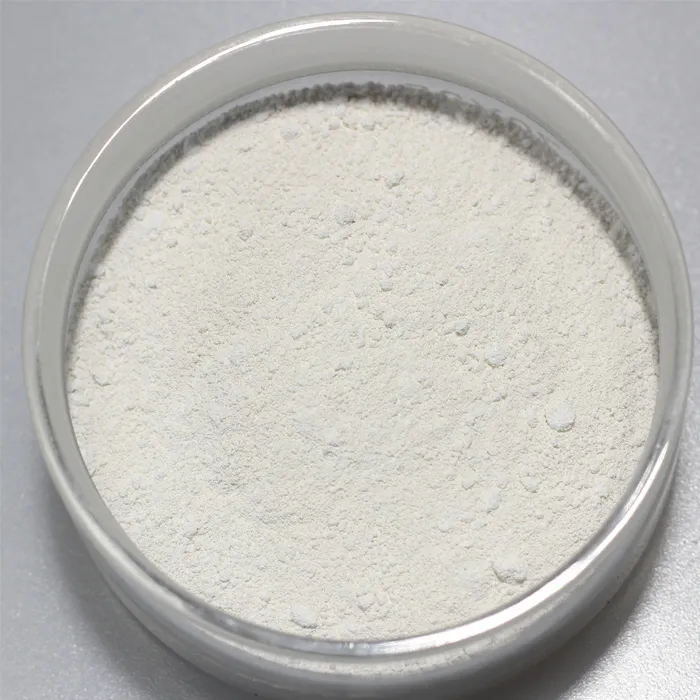Chemical Treatment of Waste Water An Essential Process
Wastewater treatment is a critical process that aims to remove contaminants from water before it is released into the environment or reused for various applications. Among the several methodologies employed in wastewater treatment, chemical treatment plays a pivotal role. This process utilizes chemical agents to neutralize pollutants, enhance water quality, and meet effluent standards. The importance of chemical treatment cannot be overstated, as it addresses both environmental concerns and public health issues.
The Process of Chemical Treatment
Chemical treatment is typically employed after primary physical treatment methods. It involves various processes such as coagulation, flocculation, sedimentation, and disinfection. Coagulation is the initial stage, where chemicals known as coagulants (commonly aluminum sulfate or ferric chloride) are added to wastewater. These coagulants destabilize suspended particles, allowing them to clump together, forming larger aggregates known as flocs.
Following coagulation, the wastewater undergoes flocculation. In this stage, gentle mixing facilitates the growth of flocs, making them heavy enough to settle down. Finally, the sedimentation phase allows these flocs to settle at the bottom of the treatment tank, creating a clarified water layer above, which is then further treated or released.
Additionally, disinfection is a crucial component of chemical treatment. This process aims to eliminate pathogens and harmful microorganisms that may pose health risks. Common disinfectants include chlorine, ozone, and ultraviolet (UV) light. Each method has its advantages and disadvantages, but all play a vital role in ensuring the safety of treated water.
Advantages of Chemical Treatment
chemical treatment of waste water is done to

One of the primary advantages of chemical treatment is its effectiveness in removing a wide range of pollutants. It can efficiently reduce chemical oxygen demand (COD), biochemical oxygen demand (BOD), total suspended solids (TSS), and nutrients like nitrogen and phosphorus. This versatility allows for the treatment of various wastewater types, including municipal sewage, industrial effluents, and agricultural runoff.
Moreover, chemical treatment processes can be tailored to meet specific regulatory requirements, ensuring that discharged water complies with environmental standards. This flexibility is particularly beneficial for industries that generate highly variable wastewater streams. The ability to adapt the treatment process according to specific pollutants helps in achieving consistent treatment outcomes.
Environmental and Health Considerations
While chemical treatment is indispensable for effective wastewater management, it also raises concerns regarding the introduction of chemicals into the environment. The residual chemicals left in treated water can sometimes contribute to secondary pollution if not managed properly. Therefore, it's essential to monitor and control the dosage of chemicals used during treatment.
In recent years, there has been a growing emphasis on sustainable practices in wastewater treatment. Many facilities are now exploring greener alternatives, such as using biological treatments combined with chemical methods or employing advanced oxidation processes (AOPs). These innovations aim to reduce chemical usage while maintaining effective treatment outcomes.
Conclusion
Chemical treatment of wastewater is a fundamental process that ensures the safety and quality of water before its discharge into the environment or reuse. Its ability to effectively remove a wide range of contaminants makes it an essential tool in wastewater management. However, ongoing research and innovative approaches are necessary to enhance the sustainability of chemical treatment processes. As we move towards a more environmentally conscious society, finding a balance between effective wastewater treatment and environmental protection will be critical for preserving water resources for future generations.

